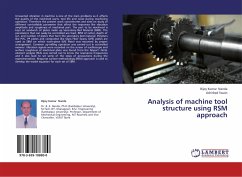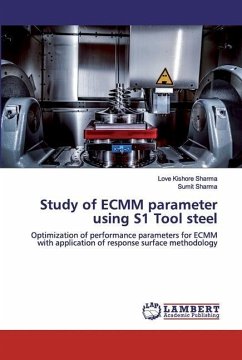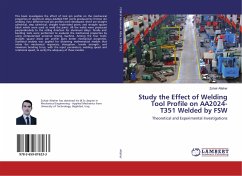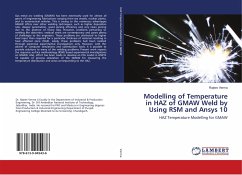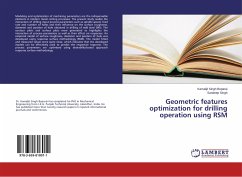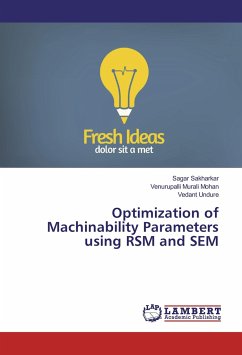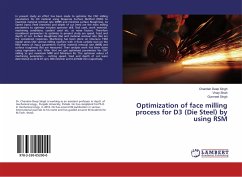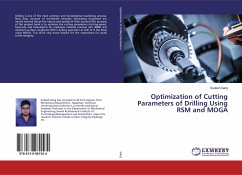Unwanted vibration in machine is one of the main problems as it affects the quality of the machined parts, tool life and noise during machining operation. Therefore the present work concentrates and aims on study of different controllable parameter that affect the responses like vibration amplitude and roughness of machined part. The part to be machined is kept on sandwich of plates made up Secondary Bed Material (SBM). The parameters that can easily be controlled are feed, RPM of cutter, depth of cut, and number of plates that form the secondary bed material. Polymers like PVC, PP plates and composites like Glass Fiber Epoxy (GFE) plates are used as SBM on which work-piece (MS Plate) was mounted by proper arrangement. Common up-milling operation was carried out in controlled manner. Vibration signals were recorded on the screen of oscilloscope and surface roughness of machined plate was found from the Talysurf. Finite element analysis (FEA) was carried out to know the resonance frequencies and it also lead to set some of the steps of precautions during the experimentation. Response surface methodology (RSM) approach is used to develop the model equation for each set of SBM.
Bitte wählen Sie Ihr Anliegen aus.
Rechnungen
Retourenschein anfordern
Bestellstatus
Storno

